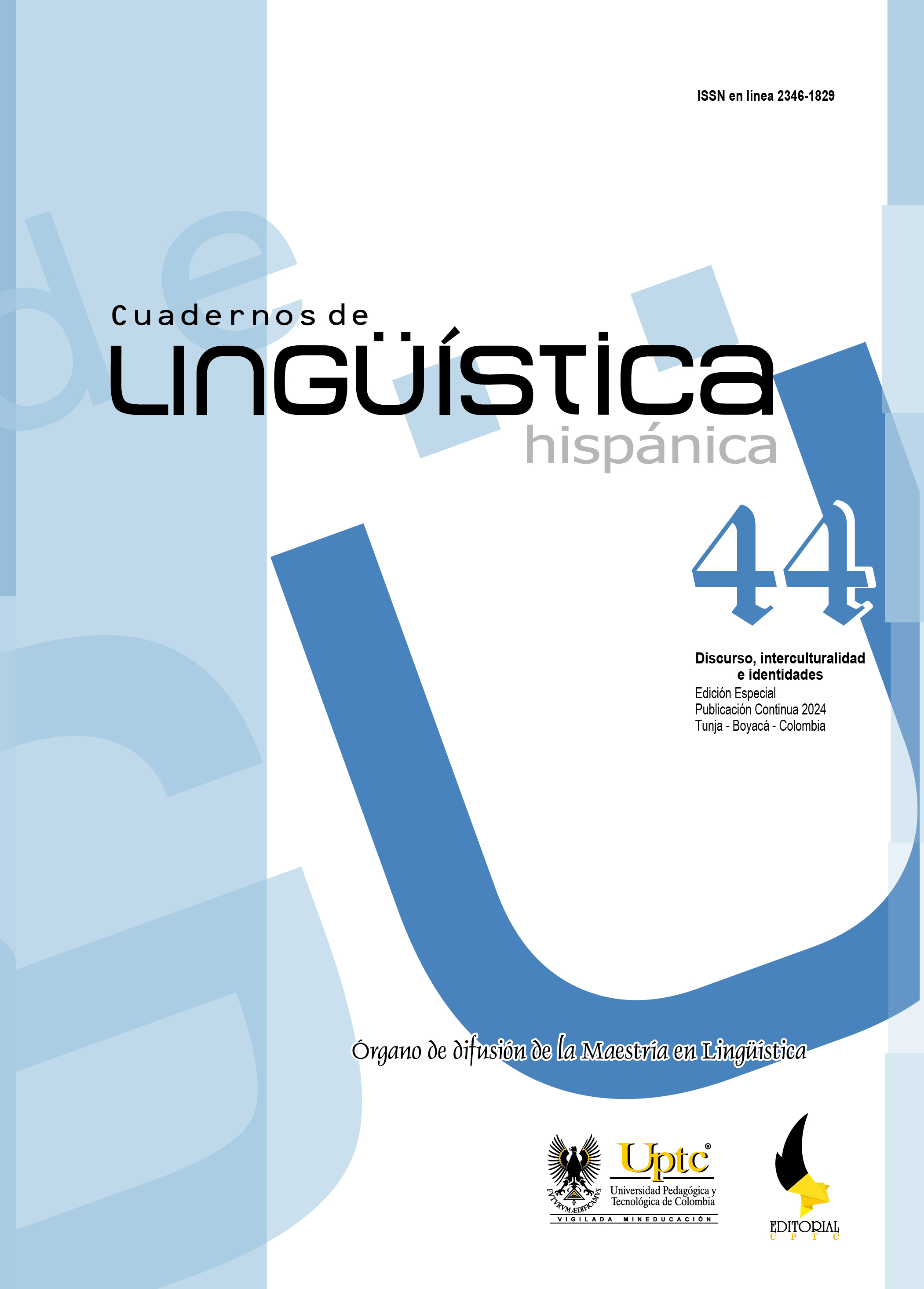Some linguistic dichotomies: a connection between language science and foundational concepts.

Abstract
This work is a continuation of the research that in 2009 produced the article “General Linguistics Quiz: Brief Account of a Pedagogical Experience in the Classroom” (Corredor and Romero, 2009). This research focused on building, feeding back and updating, semester after semester, the programmatic contents of the General Linguistics course (in the Bachelor of Foreign Languages with emphasis on English and French, today Linguistics I: Historical Development in the Bachelor of Literature and Spanish Language, School of Languages, of the UPTC, with several coincidences in a good number of universities in the country).
On this occasion, based on what has been investigated and put into practice in the classroom, for more than five years we will explain the dichotomies of the main linguistic schools of the 20th century. It is worth remembering that the science of language was born with an object of study: language; towards the middle of the century it took up language, as such an object; in the seventies and eighties, it focused on speech (one of the forms of discourse) and, at the end of the century, it turned to cognition.
Keywords
linguistic dichotomies, language, speech
References
- Abouchaar, A. (2012). Contra el hablante/oyente ideal y la ideología del monolingüismo. Forma y Función, 25(2), 85-97. Recuperado en septiembre 08, 2024, de: http:// www.scielo.org.co/scielo.php?script=sci_arttext&pid=S0120-338X20120002000 04&lng=en&tlng=es
- Bickerton, D. & Escalante, A. (1970). Palenquero: A Spanish-based creole of Northern Colombia. Lingua 24. Amsterdam: North-Holland Publishing Co, pp. 254-67.
- Bickerton, D. (1973). The Nature of A Creole Continuum. Language, 49, 3, 640-669.
- Corbellini, María. (2004). Lingüística, semiótica y comunicación: La centuria extraordinaria. MEDIACIONES. 2. 13. Disponible en: https://repository.uniminuto. edu/items/a497928f-0eee-434a-9dcd-2260af4811c4.
- Corredor-Tapias, J.; Nieto-Ruiz, L. F. (2007). Un vistazo a los pilares de la Lingüística Moderna: Saussure, Chomsky Y Van Dijk. Del Estructuralismo a la Lingüística textual. Cuadernos de Lingüística Hispánica, núm. 9, pp. 83-96
- Corredor-Tapias, J.; Romero-Farfán, C. (2009). Quiz de lingüística general: breve relato de una experiencia pedagógica en el aula. Cuadernos de Lingüística Hispánica, núm. 13, pp. 91-112.
- Haugen, M. E. (2016). Situación actual y futura de tres lenguas criollas de base hispana La posición del palenquero, el papiamento y el chabacano en la sociedad y una predicción de sus futuros. Tesis de maestría, Departamento de Lenguas Extranjeras, Universidad de Bergen.
- De Saussure, F. (1945). Curso de lingüística general. Traducción, prólogo y notas de AMADO ALONSO. XXIV Ed. Buenos Aires: Losada Libera los Libros.
- Medel, S. (2013). El estructuralismo saussureano y la ciencia lingüística. En: R. Pascual, D. Romero, C. Fino, L. Garcíay M.S. M e d e l ( E d s . ) .Lenguaje y comunicación: Introducción a los principales problemas y perspectivas históricas. Buenos Aires: Nueva Librería. pp. 1-17. En: Memoria Académica. Disponible en: http://www.memoria.fahce.unlp.edu.ar/libros/pm.1135/pm.1135.pdf
- Pinzón Daza, S. Liliana. (2005). Nociones lingüísticas básicas - Lenguaje, lengua, habla, idioma y dialecto. Revista La Tadeo (Cesada a partir de 2012), (71). Recuperado a partir de: https://revistas.utadeo.edu.co/index.php/RLT/article/view/545
- Rodríguez, I; Acevedo, M. (2020). Sumercé, párele bolas a esto. Maestría en Lingüística, UPTC, trabajo de grado.
